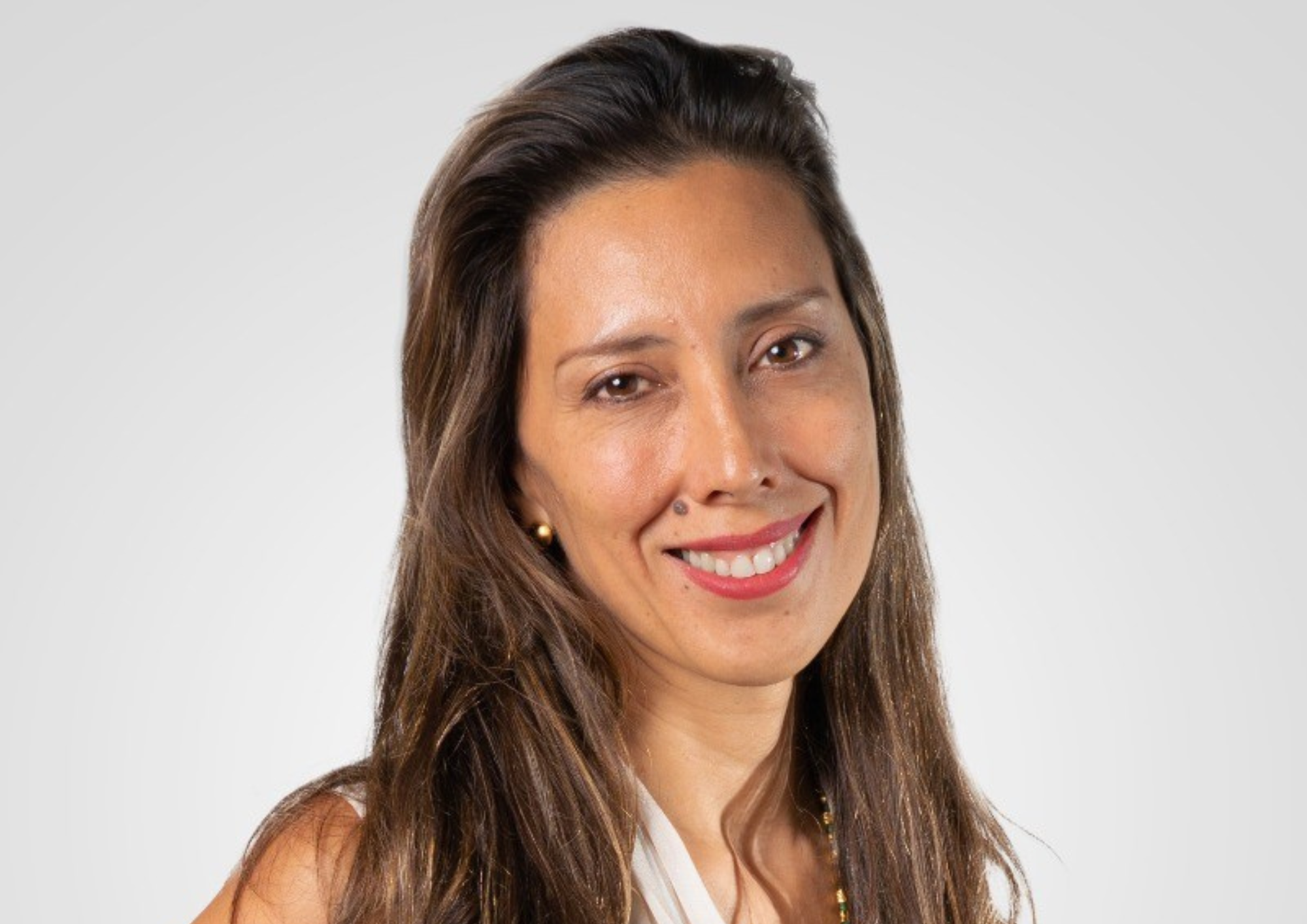Mobility Talks: 9 questions to María Paula Caceydo

We recently had the opportunity to talk with María Paula Caycedo, Director of the Innovation Hub South at EIT Urban Mobility
1. Could you introduce yourself and tell us about your role at EIT Urban Mobility?
Sure, I’m María Paula Caycedo, and I’m happy to be here and be part of this. My role is as the Director of the Innovation Hub South, which means I’m responsible for the southern region of Europe at EIT Urban Mobility.
We have five innovation hubs that act as regional business units. One is here in Barcelona, which I oversee, covering France, Spain, Portugal, Malta, Greece, and Cyprus.
My team’s and my role is to manage the ecosystem of this regional scope, to grow the network, the more the better. We aim to dynamize the public-private and academic ecosystem by connecting the challenges of European cities with the ideas and innovations from the private sector.
2. Your career spans multiple industries and roles. What inspired you to transition to the field of urban mobility, and how has your diverse background influenced your approach to innovation in this sector?
It was an interesting change. I started working in consulting and then in the air transport industry back in Colombia. After moving to Europe, I spent about 12-13 years in the automotive sector across various countries.
During my time in the automotive sector, I realised there was a mobility revolution happening, driven by evolving needs and a climate crisis. I tried to promote projects internally to sell mobility instead of cars, but it didn’t work out.
Eventually, I decided to move to the other side of the table to have a more positive impact on society. I pursued postgraduate studies in smart mobility and participated in related contests to build my profile. This journey took about two years, but it was worth it.
My diverse background has given me a 360-degree view of companies and markets, helping me ensure that we consider all aspects before launching any initiative.
3. EIT Urban Mobility emphasizes building innovation ecosystems with academia and startups. Can you share a successful collaboration or project from the Southern HUB that exemplifies this approach and its impact?
Yes, we have many projects that foster city challenges and work with universities, corporates, and startups.
One example is the EVOSS project, which involves a university, a research centre from Greece, and several companies. They tested robotic mobile chargers for electric vehicles to improve the coverage and cost-efficiency of charging infrastructure.
Another example is the Bicification project, which aimed to increase cycling in various countries through gamification, rewarding bike trips with discounts or public transport tickets.
These projects illustrate our approach to bringing diverse stakeholders together to address mobility challenges.
4. Based on your experience, what are some exciting emerging trends that you’ve seen in Europe, and how should cities prepare to integrate these trends effectively?
Electrification is a significant trend, and cities need to ensure proper charging infrastructure.
Multimodality is also increasing, though we’re not fully there yet with mobility as a service.
Micro mobility is critical, encompassing a range of light electric vehicles. Cities must focus on regulation and public space management to integrate these vehicles effectively. Proper regulation is needed before mass adoption to avoid safety and space issues.
Additionally, cities should reassess the use of public space to accommodate various types of vehicles.
5. As the Head of Innovation Hub South, what are some of the challenges you faced in promoting sustainable urban mobility?
One major challenge is aligning regulation with technology. Often, regulations come too late or hinder competitiveness. Integrating new mobility solutions into existing infrastructure is also challenging due to the limited public space that needs to be shared among various types of vehicles.
Additionally, public awareness and willingness to change are crucial. Educating citizens about the benefits of alternative mobility options is essential.
Data privacy is another concern, as collecting movement data can help cities optimise transport but also poses privacy risks.
6. A lot of focus is often placed on city and urban environments. For Innovation Hub South, are there any projects you’ve worked on that focus more on suburban and rural areas?
Yes, while urban mobility is crucial, we also work on projects in rural areas. For example, we collaborated on a carpooling project in Vitoria, Spain, aimed at reducing congestion in industrial areas by optimising trips.
Another example is demand-responsive transport, which is vital in suburban and rural areas where public transport frequencies are lower.
These solutions help bridge the gap between the city’s extensive transport options and the limited options in rural areas.
7. What lessons can be learned from urban mobility initiatives to address the unique challenges of rural mobility?
Many people are reluctant to leave their cars at home due to a lack of better options. Solutions like carpooling and demand-responsive transport can help bridge this gap.
These initiatives, combined with education, can encourage people to adopt more sustainable mobility practices. It’s essential to provide a mix of transport options that cater to different needs and circumstances.
8. Beyond your professional achievements, what personal practices or routines have you adopted to support sustainable living, particularly in terms of mobility? How do these practices influence your work?
Personally, I have adopted several sustainable practices, such as using cloth napkins instead of paper, drinking tap water, and avoiding fast fashion. In terms of mobility, I rely on public and shared transportation and try to walk whenever possible. I explain the importance of these practices to my five-year-old daughter, and she now understands and promotes sustainability among her friends.
At EIT Urban Mobility, we prioritise sustainable practices in our business trips and daily operations, promoting public transport over taxis and opting for trains over flights for shorter distances. Living these changes helps us understand the challenges and benefits firsthand.
9. If you were to provide a piece of advice to young professionals starting their career in Sustainable Mobility and Innovation, what would you say?
My advice is to live and breathe the change you want to see. Understand the pros and cons of innovation and sustainable mobility, and listen to different perspectives.
Be aware of the costs of becoming sustainable and learn from mistakes to avoid repeating them. Always be mindful of greenwashing and strive to have a genuine impact.
It’s important to engage with the field passionately and with a service-oriented mindset, as public transport and sustainable mobility are sectors with purpose and potential to make a real difference.













